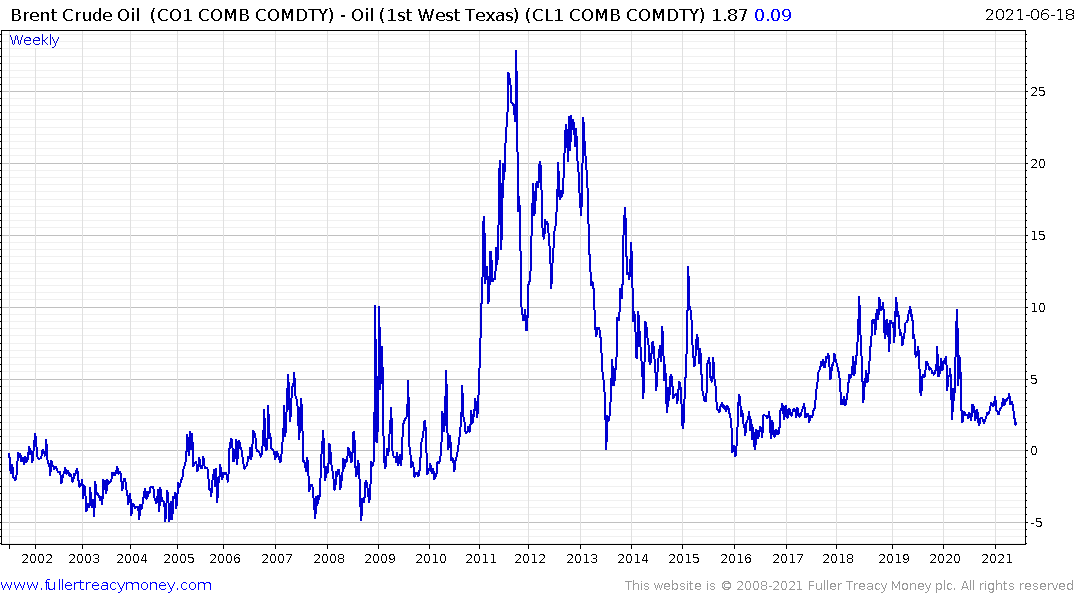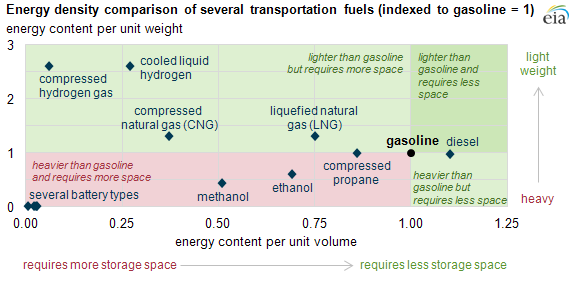I came across this article (attached) about a new British company that has recently listed on the Nasdaq. Big questions about whether it can succeed, but it's an interesting take on the possible future of local manufacturing, and not just for vehicles. If successful, it could presumably have an impact on the issues of on-shoring, local community development and not to mention the ESG sector.
Eoin Treacy's view - Thank you for this email and the attached article from the Times. Here is a section:
One reason why the prediction is more convincing this time can be found on an industrial estate in Oxfordshire. Arrival will start producing electric vans at its first small plant outside Bicester soon in what the company believes will be a turning point for global manufacturing. Avinash Rugoobur, the former General Motors executive who is Arrival’s chief strategy officer, says that not only the motor industry will be watching closely. “Many other industries will say: ‘If Arrival can do it in automotive, why can’t we do it in our sector?’ ”
Valued at about $10 billion after its recent flotation on Nasdaq, Arrival has been working for five years on the necessary technology. Denis Sverdlov, its founder, a Russian telecoms tycoon and former government minister, believes that using highly automated small plants can be dramatically cheaper than traditional large factories. A decentralised model also should reduce carbon emissions and deliver big economic benefits to the microfactories’ communities thanks to localised supply chains.
To apply this approach to vehicles has required a fundamental redesign of the products. Arrival makes its bodies from coloured composite materials, doing away with the metal pressing and painting that take up much of a traditional car plant. Although Arrival makes some use of 3D printing, Rugoobur says that “3D printing can be an enabler of decentralised manufacturing, but is not the only way of getting there”.
During the pandemic, many of these techniques were used by British companies to produce personal protection equipment and medical components when supplies from China were interrupted. In addition to fears about the resilience of supplies, companies have been worried about rising wages in China and the rising costs of transport. The Suez Canal snarl up has heightened concerns. At the same time, many western governments have said that they want to build up domestic manufacturing in critical industries, a resolve only strengthened by the vaccine wars.
This section continues in the Subscriber's Area.
Back to top





